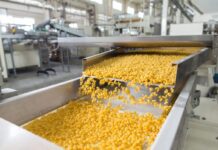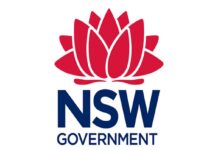The MSA has conducted a detailed background research report about indigenous workers within the manufacturing community, providing thorough figures on indigenous employment rates, training and education.

The report shows that the number of employed indigenous Australians in 2011 was only 55.7%, compared to 77.3% for the non-indigenous community, revealing a gap of 19.6%.
To that end, the Australian Government has agreed to halve the gap in employment between indigenous and non-indigenous Australians by 2018.
According to the research, indigenous Australians make up 2.5% of the Australian population, with 60% of them living in NSW and Queensland.
The report showed that the unemployment rate for indigenous Australians in 2011 was 16.4%, compared to 4.9% for non-indigenous Australians. The unemployment rate for young indigenous Australians between the age groups of 15-24 was 24.2%, which is significantly higher than for the 25-44 age groups (14.7%). The participation rate for indigenous men was 61.6% compared with 49.3% for indigenous women.
Regarding education, the report revealed that only 28.5% of indigenous Australians aged between 15 and 24 had completed Year 12 in 2008, while the participation rate of indigenous people aged 15 to 24 in full-time work or study varied across the states and territories with the Northern Territory having the lowest engagement rate (42.0%) and the Australian Capital Territory having the highest (74.9%).
These numbers are significantly lower than those of non-indigenous youth across all states and territories.
According to the research, indigenous Australians who completed Year 12 were twice as likely to be employed as those who had completed year 9 or bellow (38.4% to 79.1%), while those with a Certificate III or above were almost twice as likely to be employed as those without a post-school qualification (80.1% to 47.1%).
In December 2012, there were 1,614 indigenous apprentices and trainees undertaking a qualification from an MSA Training Package (NCVER).
Numbers show that approximately 6% of all indigenous Australians are employed in manufacturing, according to the 2011 Census, making manufacturing the seventh largest employer of indigenous people. This figure is two percent less than the data from 2006, when manufacturing was the fifth largest employer of indigenous people.
The top three manufacturing sectors employing indigenous people are: primary metal and metal product manufacturing (1,048 employees), machinery and equipment manufacturing (755 employees), and fabricated metal product manufacturing (729 employees).
See the complete report here.



















